Number of views:
1000
HLM double beam active lime kiln
Retail price
0.0
Yuan
Market price
0.0
Yuan
Number of views:
1000
Product serial number
Quantity
-
+
Stock:
Product description
Parameters
HLM double-beam active lime kiln has the advantages of low heat consumption, high lime activity, strong fuel adaptability, simple structure and low cost. It is suitable for the use of blast furnace gas and coke oven gas in the iron and steel industry, as well as the use of calcium carbide furnace tail gas in the chemical and calcium carbide industries or the co-firing with pulverized coal. To achieve the purpose of improving lime quality and energy saving, high-quality active lime is calcined.
This kiln type our company has obtained the national patent certificate, and has been widely used in major steel enterprises and chemical industry in the country.
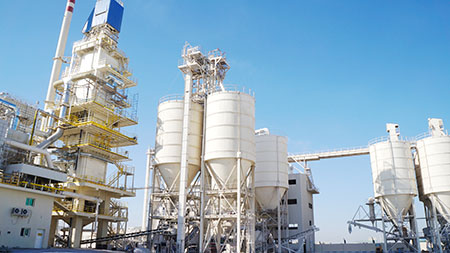
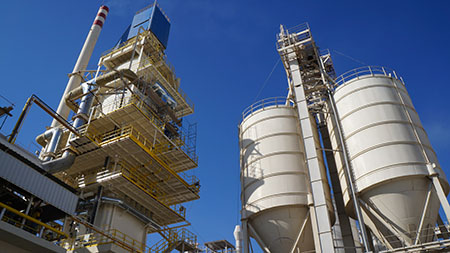
1. Technical characteristics of double beam kiln:
1. Production capacity: 100t/d-600t/d. The operating flexibility of the kiln can be adjusted from 70% to 100%. Taking the 300t/d kiln as an example, the production capacity can be adjusted arbitrarily in the range of 210t/d-300t/d, and stable operation can be achieved without affecting the quality and consumption indicators.
2. Limestone particle size: 30mm-60mm; 40mm-80mm, the size range ratio is 1:2.
3. Fuel type: The kiln can use natural gas, fuel oil, pulverized coal, coke oven gas, low calorific value gas (such as pure blast furnace gas), calcium carbide furnace gas, etc. as fuel. In addition to the above, an important feature is that the kiln can use mixed fuels composed of the above various fuels (gas-gas, gas-liquid, gas-solid, liquid-solid, etc.).
4. Lime products: Lime is of good quality, high activity (that can reach 360ml, 4N HCL method for 10 minutes), and the rate of lime overburning is 3-6%.
5. Low heat consumption: The kiln uses reasonable heat energy. The primary air is preheated by the flue gas and the secondary air is preheated by the cooling lime. The fuel is completely burned and the fuel heat is fully utilized, so the heat consumption is low, about 800-900kcal/kg Lime.
6. High operating rate: 48-50 weeks of continuous operation per year.
7. Calcining method: Adopting our company's latest technology-the 3-way pressure system calcination method, so that the produced lime has a lower rate of green and over-burning, especially the lime activity has a greater increase.
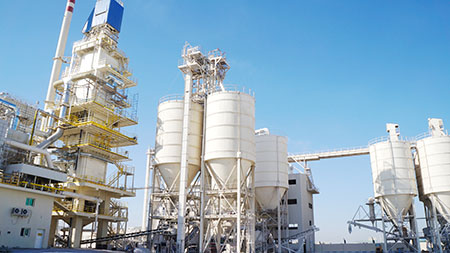
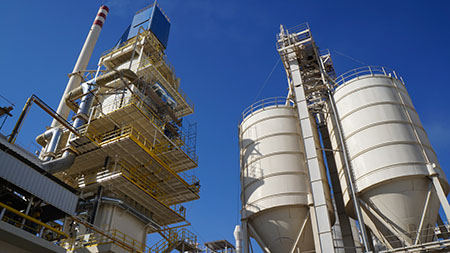
2. Structural features and process description:
1. The kiln body is quasi-rectangular or round. Two layers of upper and lower burner beams are arranged in the kiln body, peripheral burners are arranged in the middle kiln body, and a layer of exhaust gas suction beams are arranged on the upper part of the kiln body. They divide the kiln into five zones, the calcination process is the storage zone, preheating zone, calcination zone, post-calcining zone, and cooling zone.
◆ The upper part of the suction beam to the top of the kiln is a storage belt to store a proper amount of limestone to ensure that once the kiln top feeding device needs short-term maintenance, the kiln does not need to be shut down to avoid affecting production.
◆ There is a preheating zone between the suction beam and the upper burner beam, and the limestone is preheated by the kiln gas after high temperature calcination.
◆ There is a calcining zone between the upper burner beam and the lower burner beam. In this interval, the limestone is evenly calcined into high-quality lime. The height of this zone can be adjusted according to the quality requirements of lime or the physical properties of limestone.
◆ The area between the lower burner beam and the lower suction beam is a post-calcining zone. The calcined lime enters the area in a quiet atmosphere with high temperature and no pressure interference for homogenization and finishing, which significantly improves the activity of the lime.
◆ There is a cooling zone from the lower burner beam to the ash outlet. The cooling air enters the kiln from the bottom to cool the limestone to about 75 ℃ and exits the kiln. The heated secondary air enters the calcination zone upwards and continues to play a role in supporting combustion.
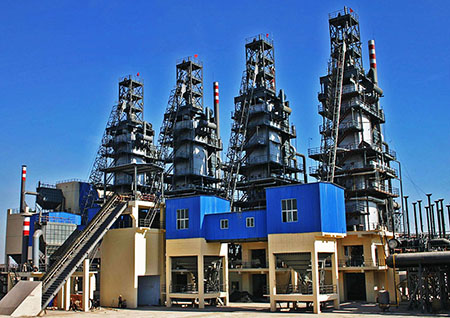
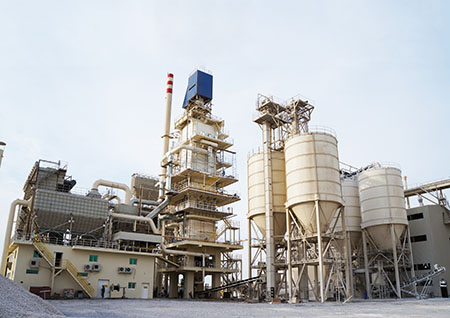
2. The burner beam of the two-layer beam type combustion device is the core part of the kiln. Several fuel (gas, liquid, or solid) feed pipes are passed into the beam, and the burner evenly distributes the fuel on the kiln section and mixes and burns evenly with the combustion-supporting air. The number of burner beams on each layer and the cross-sectional area of the kiln occupied by special burners are the same. Thereby ensuring uniform temperature distribution on the entire kiln section, realizing efficient and uniform calcination so that lime will not be overburned, reducing the rate of overburning, and increasing the activity of lime. This is a major feature of the kiln.
In order to protect the burner beam working at high temperature in the calcination zone, a medium (water or heat transfer oil) is passed through the interlayer of the burner beam for circulating cooling. The medium (water or heat transfer oil) is cooled by the cooler to lower the temperature, and continues to circulate and lower the temperature. The primary air is fed into the kiln by the burner beam after being preheated by the exhaust gas. The heat energy is fully utilized to reduce heat consumption. For the absolute safety of the burner beam, there is an alarm when the temperature of the medium (water or heat-conducting oil) is over-temperature, and there is a backup pump to ensure the continuous circulation of the medium (water or heat-conducting oil).
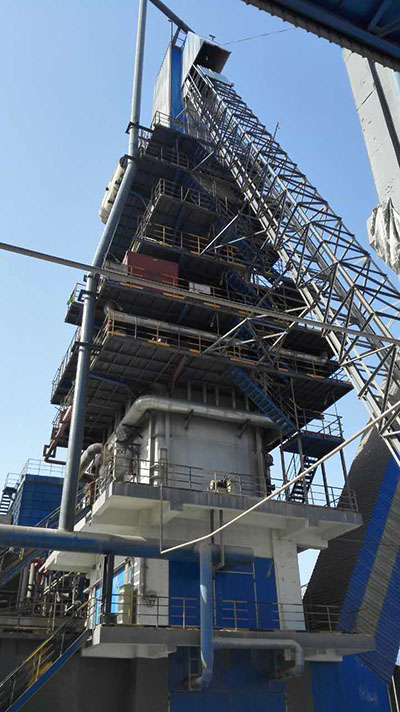
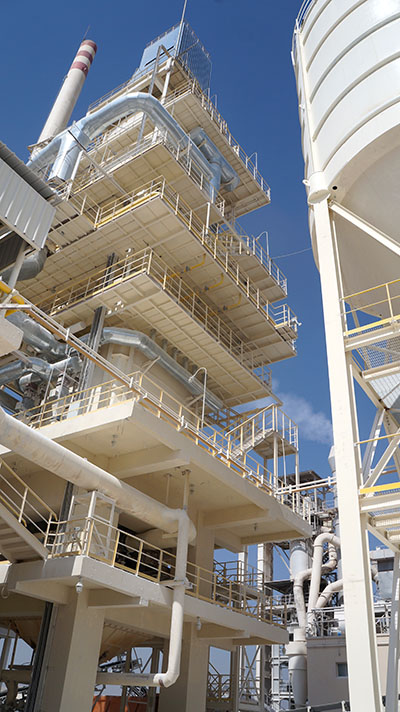
3. There is a layer of exhaust gas suction beam on the upper part of the kiln. The number depends on the size of the kiln. There are many evenly distributed openings on the lower side of the suction beam, and the kiln gas is drawn out by the suction beam through the openings to ensure uniform negative pressure distribution across the kiln section.
4. The use of a two-way pressure system is another important feature of the kiln. The secondary air is blown in by a small blower and enters the cooling zone through a special-shaped distribution beam to uniformly cool the lime, so that the kiln maintains a positive pressure from below the calcination zone. This is easier to accurately control the primary and secondary air volume than the full negative pressure system. The exhaust gas from the upper part of the kiln is drawn out by an adjustable induced draft fan to maintain a negative pressure above the calcination zone in the kiln and make the heating temperature uniform on the kiln section. The air volume adjustment range is from 10% to 100%. By adjusting the amount of combustion air required for balance, the kiln can work under the best operating conditions to ensure good combustion, reduce heat consumption, reduce power consumption, and reduce production costs.
3. Schematic diagram of process flow:

Scan the QR code to read on your phone
Previous
None
Next
None

TEL:+86-13811453008 +86-311-85468860
FAX: +86-10-64455684
E-Mail:sjzxh@sjzxh.com
Add: No.6 Xinhua Road, Shijiazhuang equipment manufacturing base

- Mob website -


